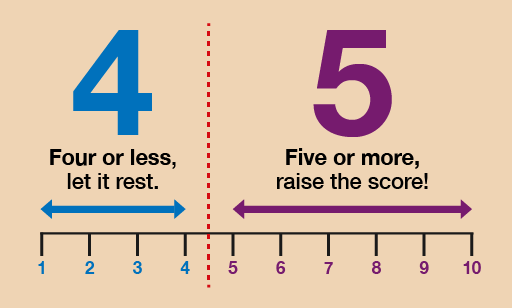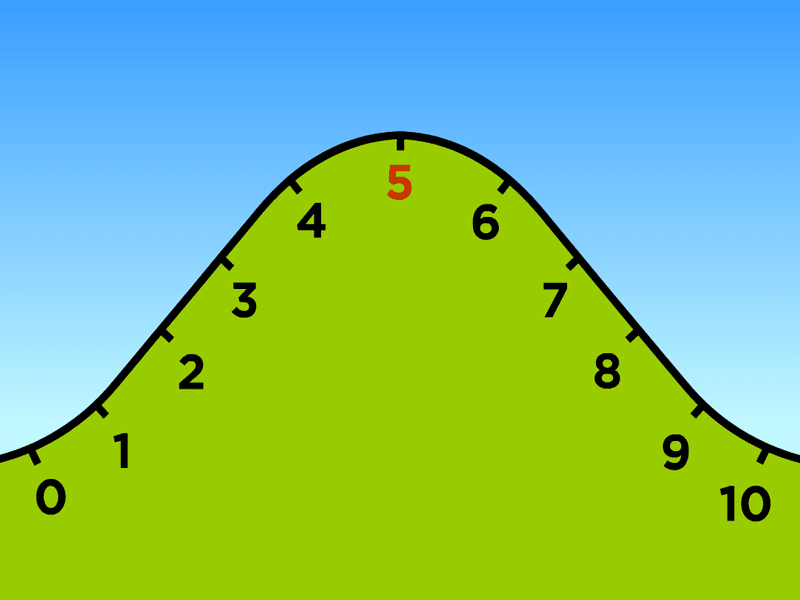Rounding Calculator
Use of Calculator
Our rounding calculator is free to use. It rounds numbers up or down to any decimal place.
| |
Rounding Numbers
Rounding numbers means modifying the digits [up or down] to make rough calculations more effortless. The answer will be an estimate rather than an exact one.

For instance, you wanted to round the number 738.284. The final result will vary depending on which place value you will round to. Rounding 738.284:
– Rounding to the nearest hundred will be 700
– Rounding to the nearest ten will be 740
– Rounding to the nearest one will be 738
– Rounding to the nearest tenth will be 738.3
– Rounding to the nearest hundredth will be 738.28
Basic Rules of Rounding
When you round to the nearest hundred, ten, one, tenth or hundredth steps of rounding are almost always the same:
First of all, you should Identify which place value you are rounding to. The final result will be more accurate when the place value is smaller.
You should look to the next smallest place value, the integer to the right of the place value you are rounding to. For instance, you should look at the ones place if you want to round to the nearest ten.
You should leave the digit you want to round to as-is if the digit in the next smallest place value is less than five [0, 1, 2, 3, or 4], accordingly, any digits after that number, involving the following smallest place value you just looked at, become drop-off or zeros if the location of these digits is after the decimal point. This process is called rounding down.
You should increase the value of the digit you are rounding to by one [+1] if the next smallest place value is greater than or equal to five [5, 6, 7, 8, or 9]. Like before, any digits that are after the decimal point are dropped and any remaining digits before the decimal point become zeros. This process is called rounding up.
Round to the Nearest Hundred: 4350
– Identify the hundreds digit: the 3 in 4350
– Determine the next smallest place value: the 5 in 4350
– If that digit is greater than or equal to five, you must round up.
– You should Increase the hundreds digit by one, so 3 becomes 4. Every integer after becomes a zero.
4350 rounded to the nearest hundred is 4400
Round to the Nearest Ten: 433.5
– Identify the tens digit: the 3 in 433.5
– Identify the next smallest place value: the 3 in 433.5
– If that digit is greater than or equal to five you should round down.
– The tens digit stays the same at 3. Every digit after becomes a zero. Digits are dropped that are located after the decimal point.
433.5 rounded to the nearest ten is 430
Round to the Nearest Ten: 899
– Identify the tens digit: the first 9 in 899
– Identify the next smallest place value: the second 9 in 899
– If that digit is greater than or equal to five, you should round up.
– The tens digit increases by one. Since 9+1=10, you must carry the 1 and add it to the digit in the hundreds place. Each digit after becomes a zero.
899 rounded to the nearest ten is 900

Click here to use T-Statistic and Degrees of Freedom Calculator for free
Round to the Nearest Tenth: 0.84
– Identify the tenths digit: 8 in 0.84
– Determine the next smallest place value: the 4 in 0.84
– If that digit is greater than or equal to five, you should round down.
– The tenths digit stays the same at 8. You just drop the digits since they are located after the decimal point.
0.84 rounded to the nearest tenth will be 0.8
Round to the Nearest Hundredth: 2.131
– Identify the hundredths digit: the 3 in 2.131
– Identify the next smallest place value: the second 1 in 2.131
– If that digit is greater than or equal to five you should round down.
– The hundredths digit stays the same at 3. Drop the integers to the right of 3.
2.131 rounded to the nearest hundredth is 2.13.